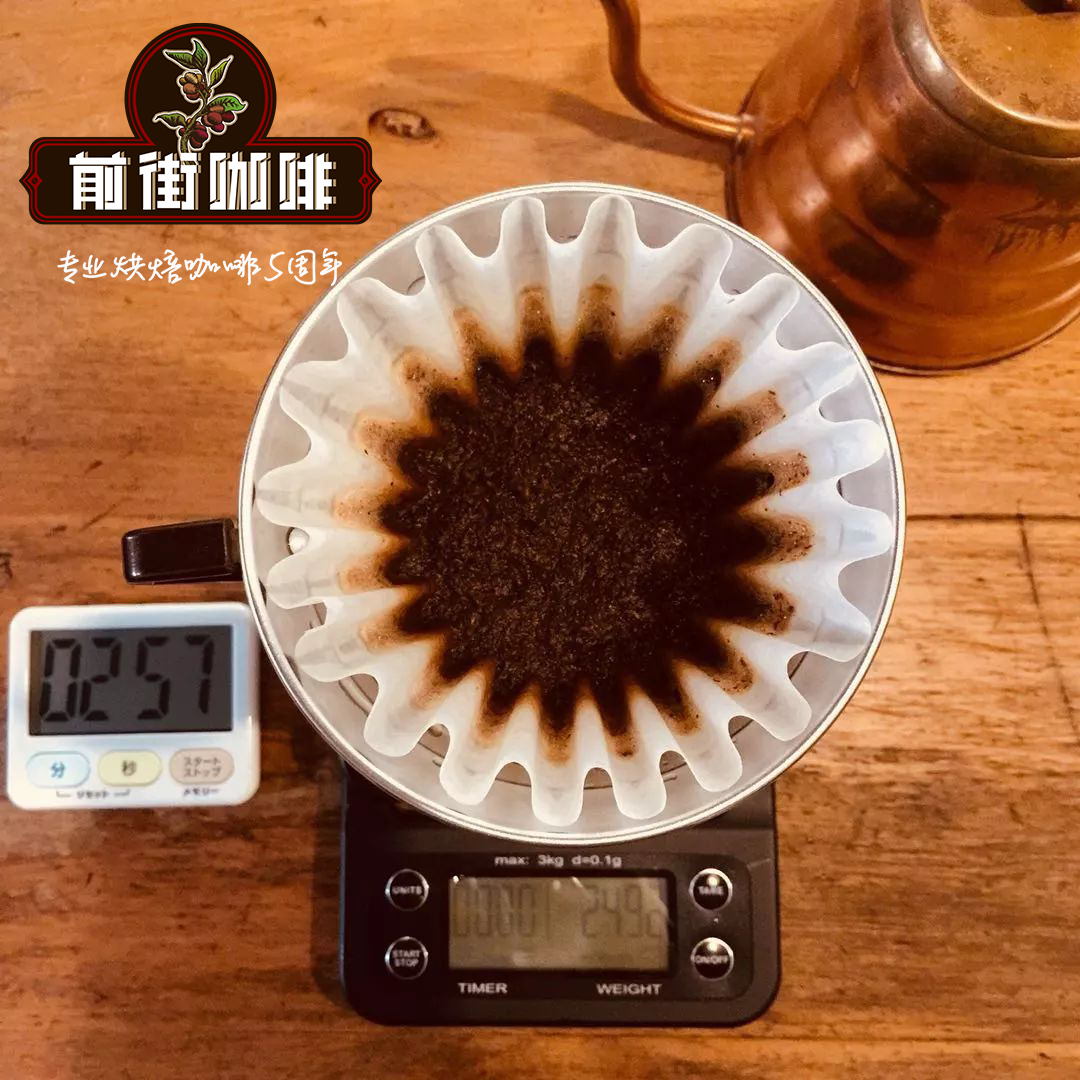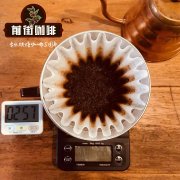What are the characteristics of Arabica coffee beans? what does the protein content of Arabica coffee beans determine?

Professional coffee knowledge exchange more coffee bean information please follow the coffee workshop (Wechat official account cafe_style)
Brief introduction of varieties and protein components of Qianjie-Arabica
The growing environment of Arabica coffee beans is very different from that of robusta coffee beans. Arabica is more suitable for growing in hills and mountains above 2000 meters, while Lobusta is planted in plains and hills below 600m. Arabica coffee, so mostly distributed in more than 600m, may also reach 1000 m.
Because of the topography, harvesting methods are also restricted. Harvesting in plain areas can be mechanized, which can greatly and quickly reduce labor costs, but in hilly or alpine areas, we can only rely on manual collection, so it will greatly increase labor costs. this is also one of the main reasons why the price of coffee in Taiwan is very high.
The varieties grown in the Yirgacheffe region of Ethiopia, in the name of Yirgacheffe, near the Geisha Mountains of Panama, are called "geisha" coffee beans because they have the same name as Japanese geisha. The most advanced coffee beans in Panama are Esmeralda Manor (commonly known as Jade Manor). Arabica coffee beans show more sour and floral aromas.
Proteins and amino acids:
In terms of crude protein, the content of raw coffee beans is about 13% to 16%.
If nitrogen compounds such as caffeine and trigonelline are deducted, the real protein content is about 8.8% to 9.7%.
Raw coffee beans also contain a variety of enzymes, such as lipopolytic enzymes, proteolytic enzymes, carbohydrate hydrolytic enzymes, galactose hydrolytic enzymes and peroxide enzymes.
Raw coffee beans contain about 0.15%-0.25% free amino acids.
The content of Robusta is higher than that of Arabica, and these free amino acids have a higher effect on the flavor of coffee than on the taste of coffee.
Knowledge expansion: caffeine accounts for 0.9% Mel 1.4% in Arabica: Carneflari usually accounts for 2%, more than 3% in more cases
In short: Qianjie is a coffee research hall, happy to share the knowledge about coffee with you, we share unreservedly just to make more friends fall in love with coffee, and there will be three low-discount coffee activities every month. The reason is that Qianjie wants to make more friends drink the best coffee at the lowest price, which has been Qianjie's tenet for 6 years!
END
Important Notice :
前街咖啡 FrontStreet Coffee has moved to new addredd:
FrontStreet Coffee Address: 315,Donghua East Road,GuangZhou
Tel:020 38364473
- Prev

Introduction to the Origin characteristics of Arabica Coffee beans the substances contained in coffee beans become fragrant
Professional coffee knowledge exchange more coffee bean information please follow the coffee workshop (Wechat official account cafe_style) front street-Arabica varieties, aromatic ingredients introduction I. types of coffee: coffee beans can be roughly divided into three categories: (1)? Arabica (Arabica) coffee tree, (2)? Robusta Coffee Tree and (3) Liberica Coffee
- Next

How are Arabica coffee beans? where does the aroma of first-class coffee come from?
Professional coffee knowledge exchange more coffee bean information please follow the coffee workshop (Wechat official account cafe_style) front street-Arabica varieties, aroma introduction Arabica South America (except Argentina and parts of Brazil), Central American countries, Africa (Kenya, Ethiopia and other places, mainly East Africa), Asia (including Yemen, India, Papua New Guinea Ministry
Related
- Beginners will see the "Coffee pull flower" guide!
- What is the difference between ice blog purified milk and ordinary milk coffee?
- Why is the Philippines the largest producer of crops in Liberia?
- For coffee extraction, should the fine powder be retained?
- How does extracted espresso fill pressed powder? How much strength does it take to press the powder?
- How to make jasmine cold extract coffee? Is the jasmine + latte good?
- Will this little toy really make the coffee taste better? How does Lily Drip affect coffee extraction?
- Will the action of slapping the filter cup also affect coffee extraction?
- What's the difference between powder-to-water ratio and powder-to-liquid ratio?
- What is the Ethiopian local species? What does it have to do with Heirloom native species?

